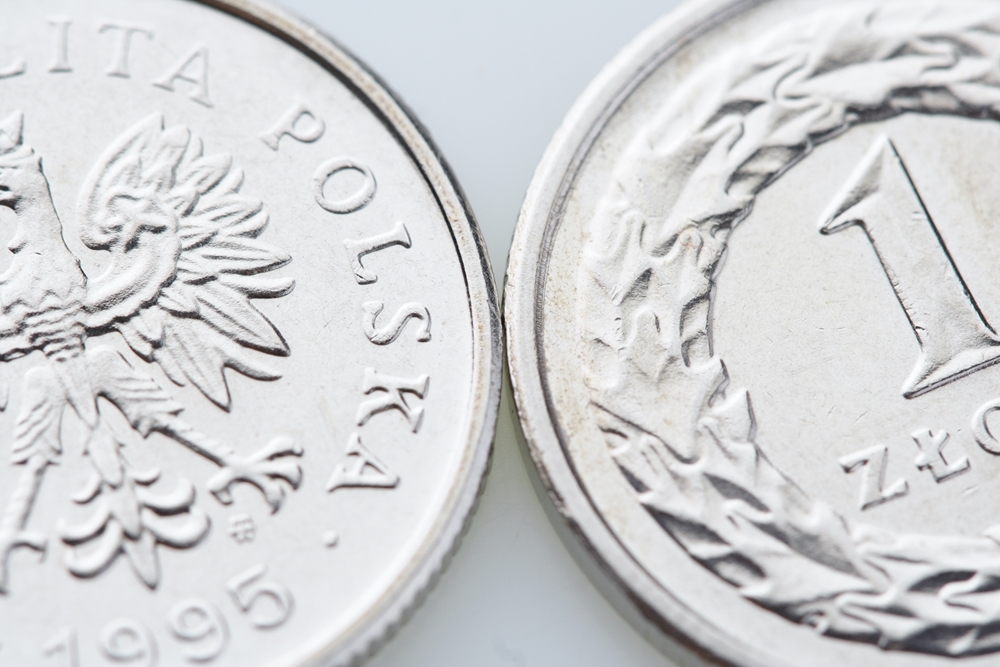Inflation in February reached 18.4 percent in Poland, after hitting 17.2 percent in January, but Poland’s central bank and most economists had forecasted it would rise even further in the month of February.
According to the GUS data, the highest price increases were recorded for food and non-alcoholic beverages, amounting to 24 percent year-over-year and 1.8 percent over the previous month. The rise in the price of transport was not far behind, amounting to 23.7 percent year-over-year and 1.1 percent over the month of January.
Minister of Finance Magdalena Rzeczkowska said on Wednesday that the forecasts by her ministry show that from March onwards, the rate of inflation should start coming down. She said she believes chances are high that by the end of the year Poland will return to single-digit inflation.
Poland’s central bank is unlikely to raise interest rates, as it had factored in such a rise in the month of February. Politically, inflation has not been the game-changer the opposition had hoped for. While incomes have not been able to fully keep up with inflation, Polish unemployment is the second lowest in the EU and the state of Poland’s public finances has allowed the government to provide targeted inflation relief for energy and food.
Moreover, many people feel that inflation has largely been imported and is connected to the effects of the war in Ukraine.






